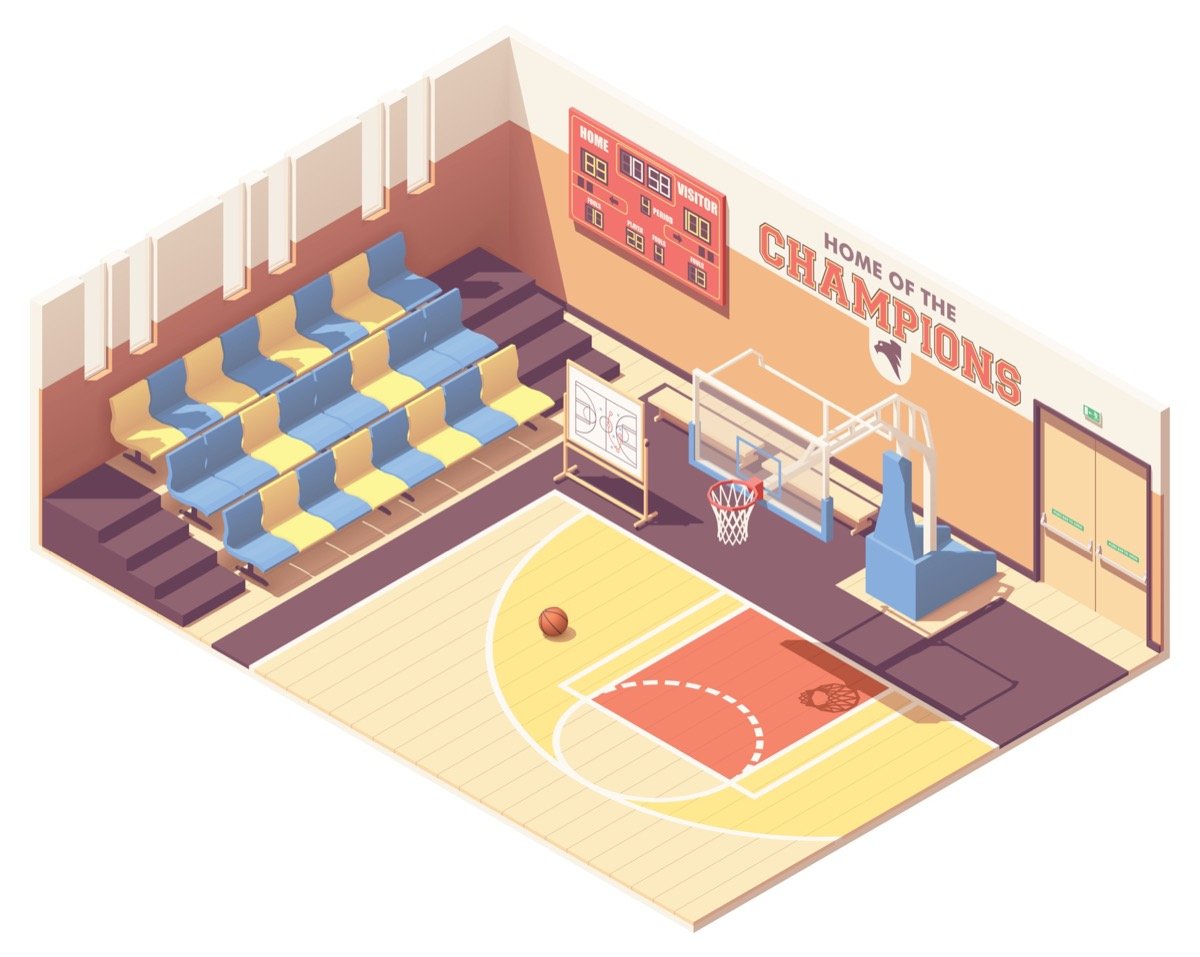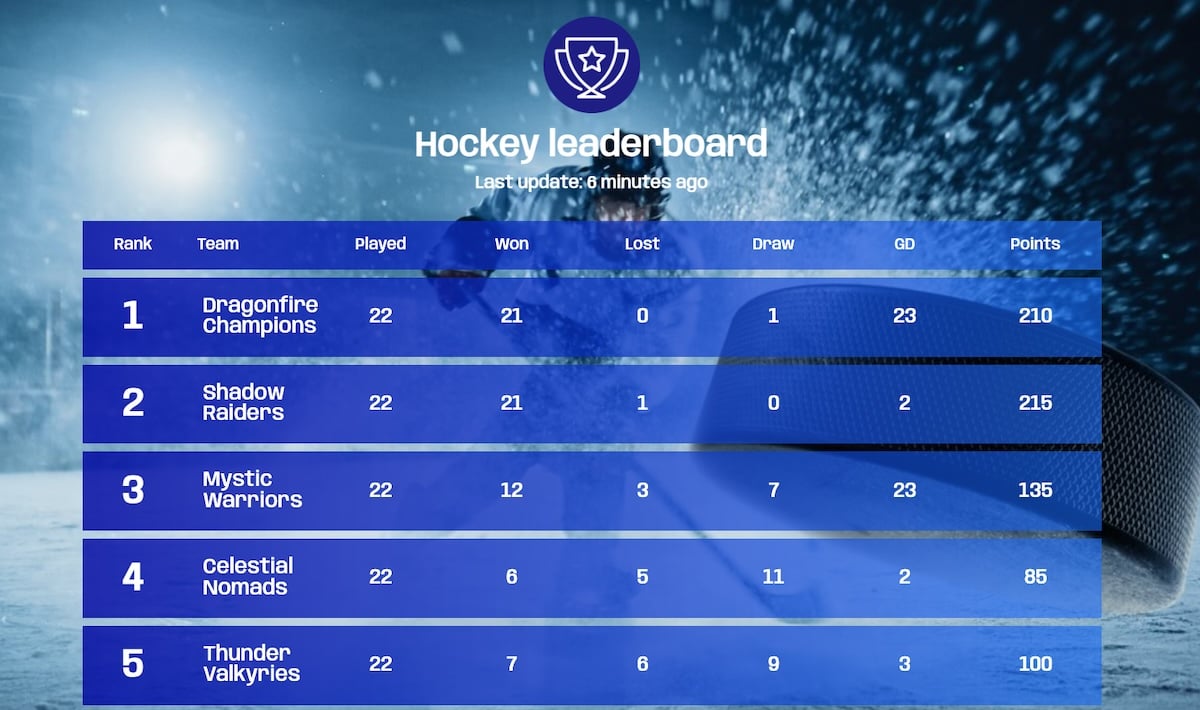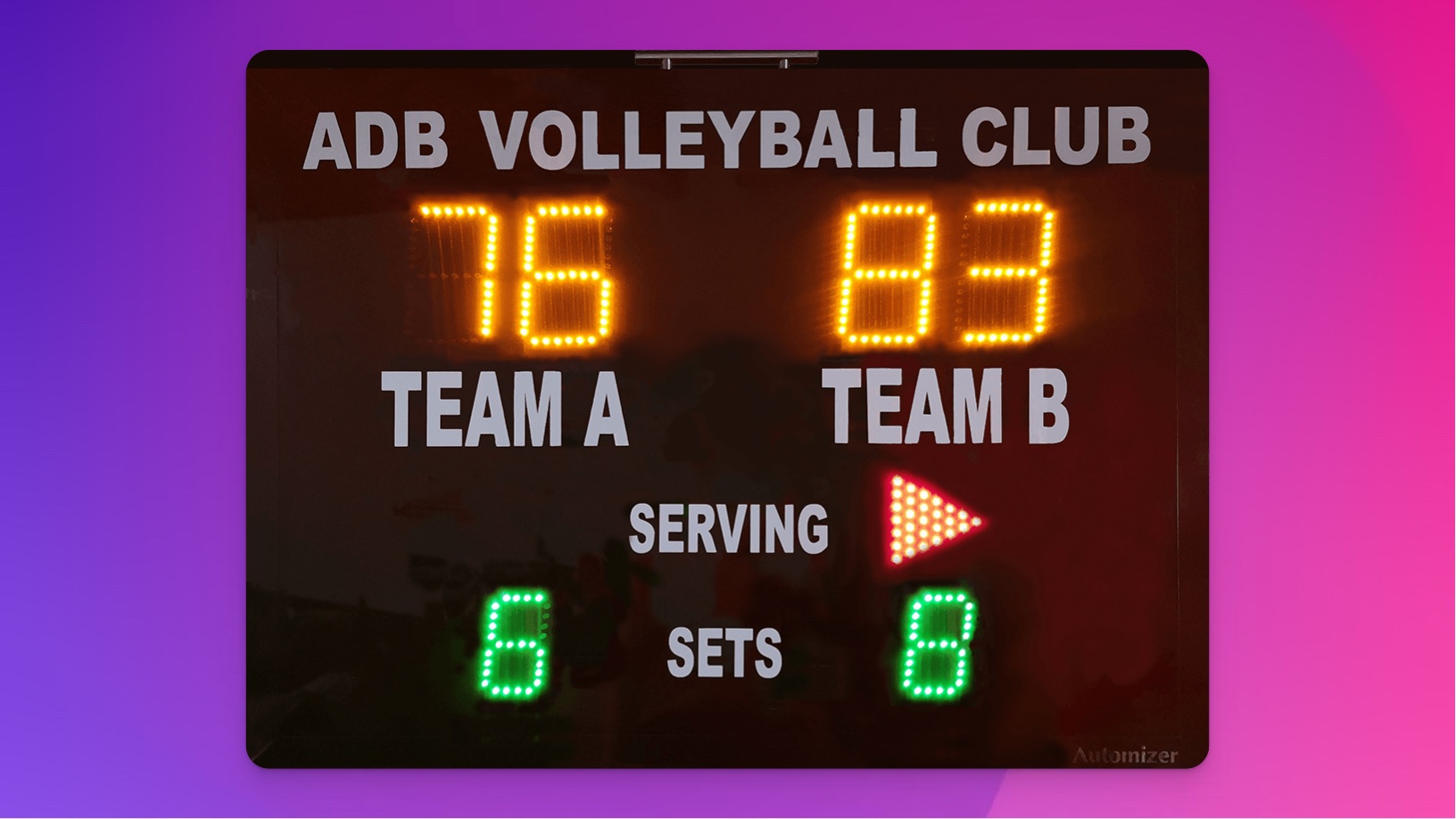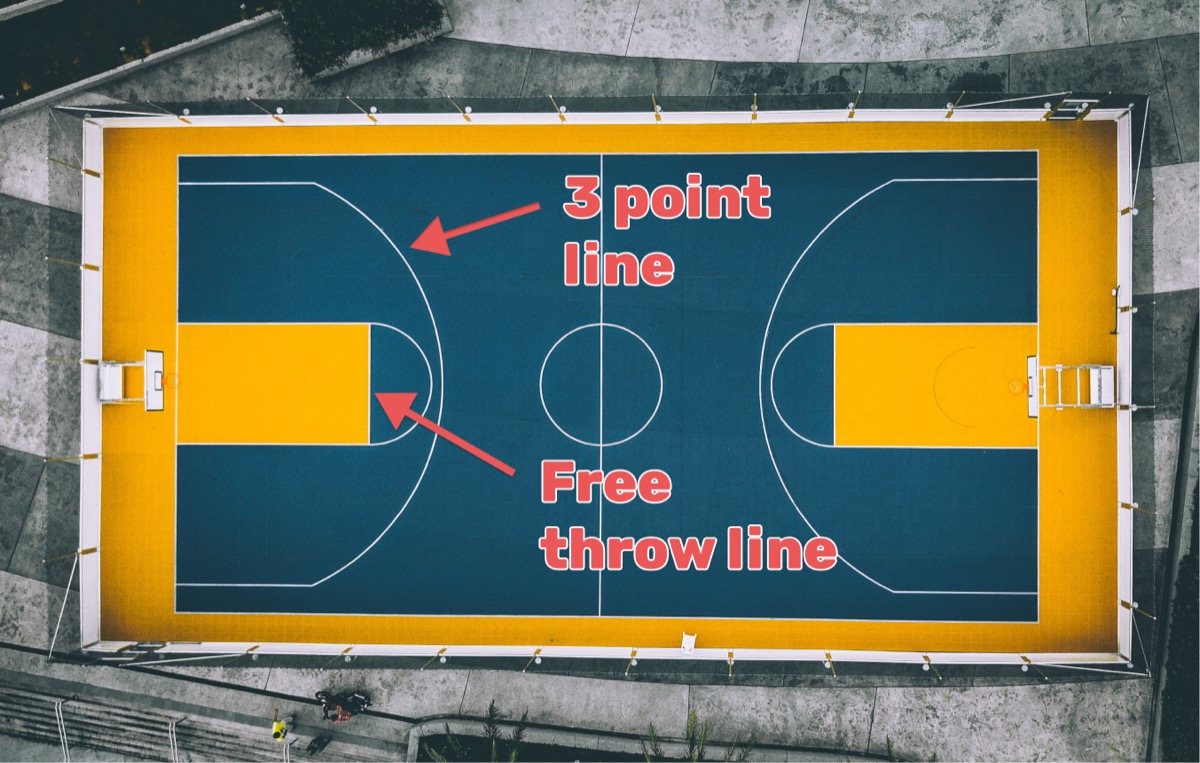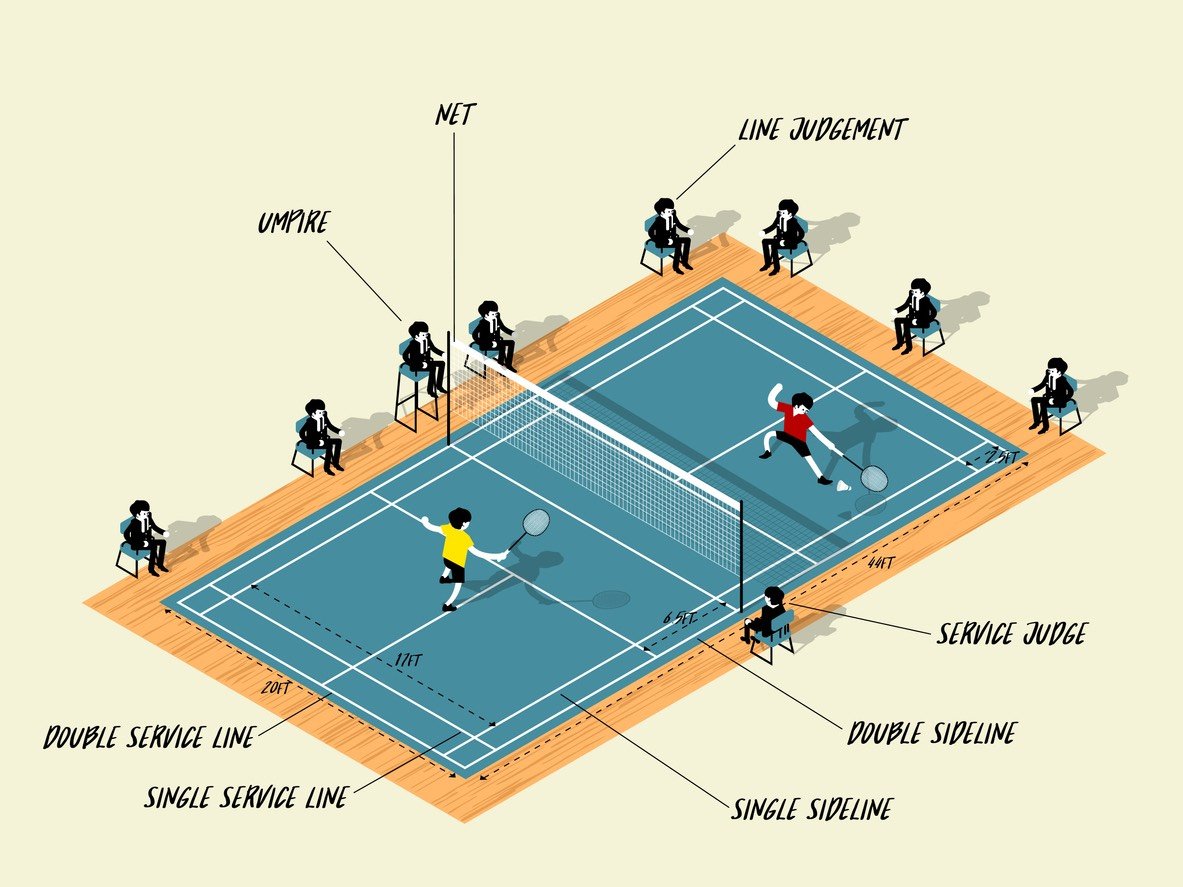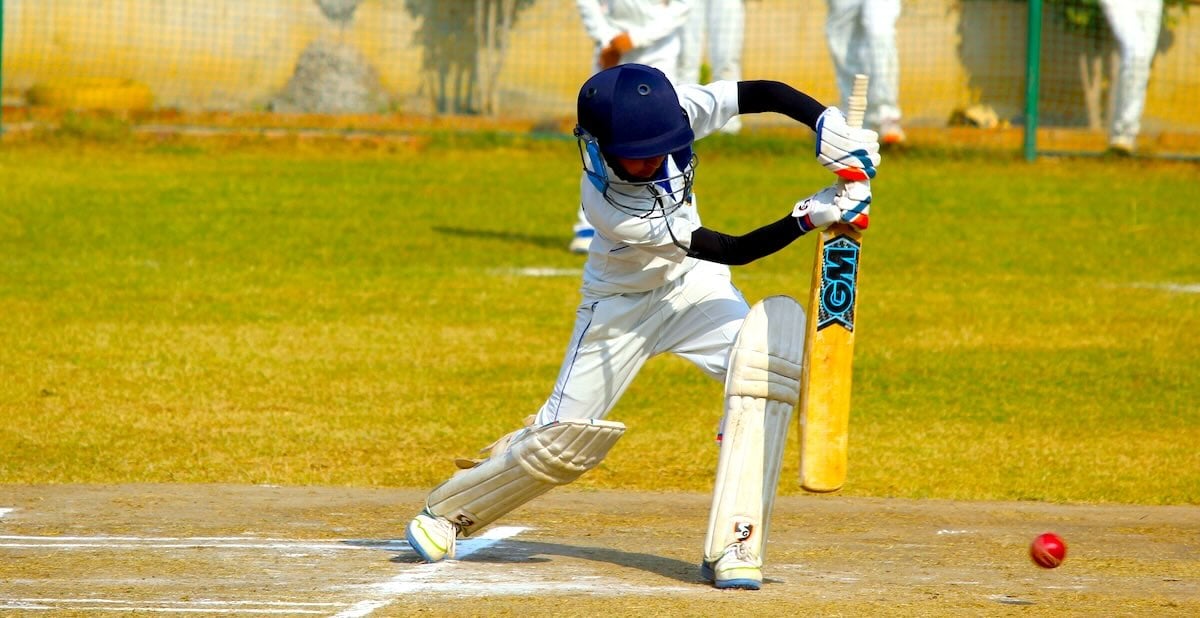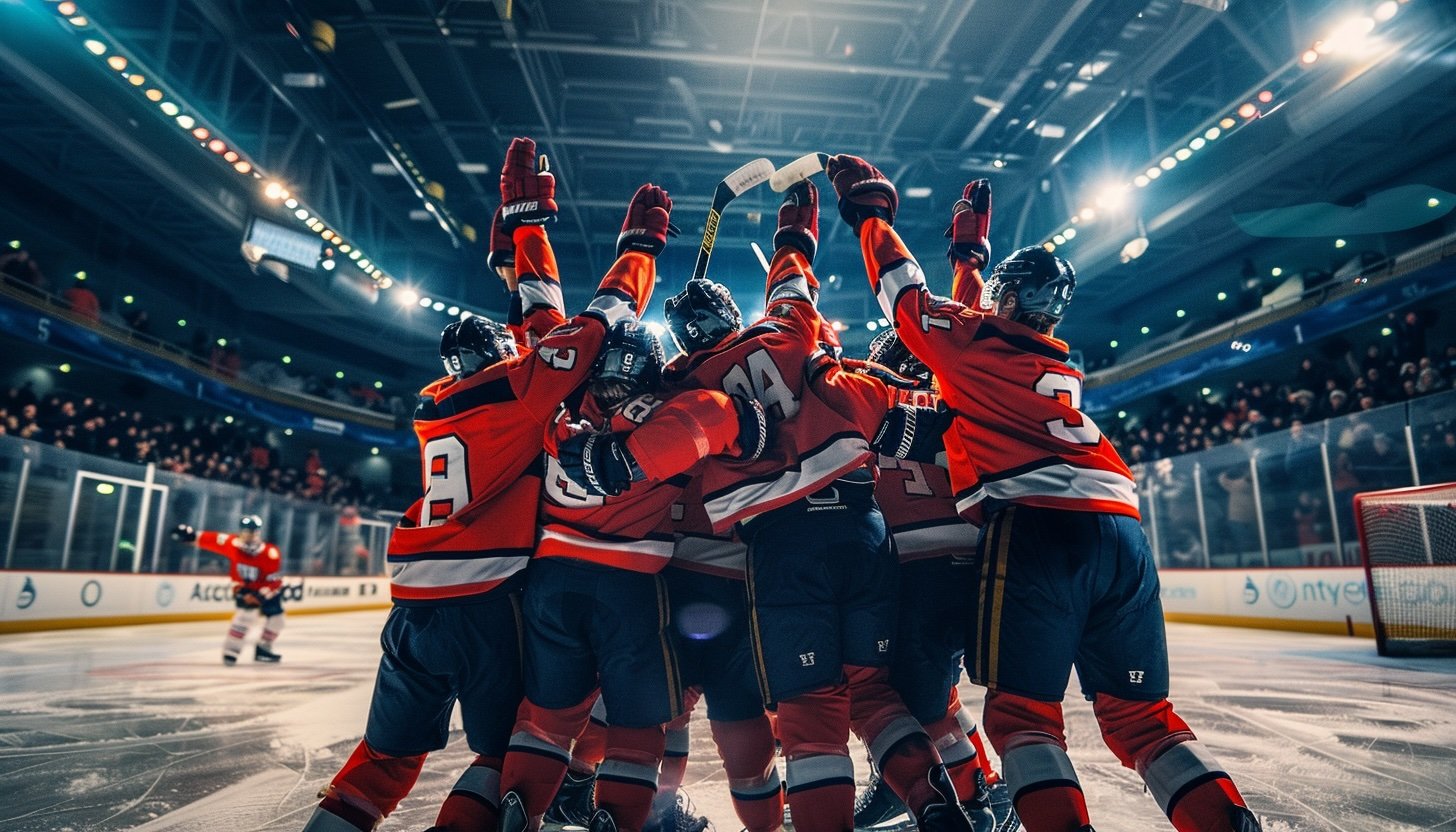
Hockey is a fast-paced sport that might seem hard to follow at first glance. But understanding how hockey scoring works is actually quite straightforward relative to other popular sports like football.
Understanding The Basics of Hockey
Like most sports, the team with the highest score wins. In Hockey, scoring a goal is the only way to get a point on the scoreboard.
Therefore, the team who has the most goals scored at the end of three periods is the winner.
How do you score a goal in hockey?
Scoring a goal is the primary way to earn points in hockey. A goal is scored when the puck completely crosses the goal line between the goalposts and beneath the crossbar.
It doesn't matter which player on the attacking team deflects the puck; a goal is awarded to that team.
Goals Scoring Rules
There are a few details regarding how the goal is scored, that are important to ensure it counts:
- The puck must completely cross the goal line for a goal to count.
- Goals can be scored using any part of the body except for a player's hand or arm.
- A goal is awarded to the player who last touched the puck before it entered the net.
Goal Violations:
There are certain violations that can nullify a goal. These include:
- High Stick Infraction: If a player strikes the puck with their stick above the height of the crossbar and subsequently scores a goal, it will be disallowed.
- Kicking The Puck: A player cannot intentionally kick the puck into the net, however, if the puck is deflected from
- Kicking The Puck: A player cannot intentionally kick the puck into the net, however, if the puck is deflected from their skate with no forward kicking motion it will count as a goal.
- Throwing The Puck: Similarly, throwing the puck into the net is not permitted.
- Movement of the Goal/Net: If the goal/net is displaced from its normal position before a goal is scored, the goal may be disallowed.
- Offside: If an attacker crosses the blue line before the puck, this penalty would stop the play and nullify any goal scored.
- Goaltender Interference: If an offensive player interferes with the goaltender's ability to make a save, such as making contact with the goaltender in the crease, a goal may be disallowed.
- Hand Pass: Intentional hand-to-teammate pass results in stoppage, and would disallow any goal scored.
Tied Score: How Does Overtime Work?
In some cases, the number of points is equal for both teams, and the game goes to overtime.
NHL Regular Season Overtime Rules
During NHL regular season, overtime consists of a five-minute period of “sudden death” - meaning the first team to score a goal wins.
If no goals are scored during the five-minute overtime period, the game proceeds to a shootout.
In a shootout, each team picks three players. Each player takes turns attempting to score on the opposing team’s goalie in a one-on-one situation. The team with the most goals after three rounds of shootouts wins the game.
If the shootout remains tied after three rounds, they continue to play additional rounds until one team scores without the other matching.
NHL Playoff Overtime Rules
In NHL playoff hockey, overtime consists of a twenty-minute period of sudden death with no shootout. The format remains standard five-on-five.
If no one scores in the first overtime period, the teams continue playing additional periods until a team scores to end the game.
How Do Points Work in Hockey?
In hockey, players can earn points in two ways: by scoring goals and by getting assists. These points are for individual players, different from the goals counted to score each team in the game.
Points vs Goals - Understanding the Difference
Points are awarded to players based on their contributions to scoring, including goals and assisting in goal-scoring plays. Points are tallied over the course of a season to determine individual and team standings. If you want to create an online leaderboard, click here.
In hockey leagues like the NHL, players receive one point for a goal and one point for an assist.
Goals
A goal is scored when the puck crosses the goal line between the goalposts and under the crossbar. The player who last touched the puck before it crosses the goalline and enters the net is credited with the goal.
Assists
In addition to goals, players can also earn points through assists. An assist is awarded to the player or players who touched the puck before the goal is scored.
There are two types of assists Primary Assists and Secondary Assists:
- Primary Assist: The player who makes the pass or play directly leading to the goal is awarded a primary assist.
- Secondary Assist: If another player contributed to the goal, they are awarded a secondary assist.
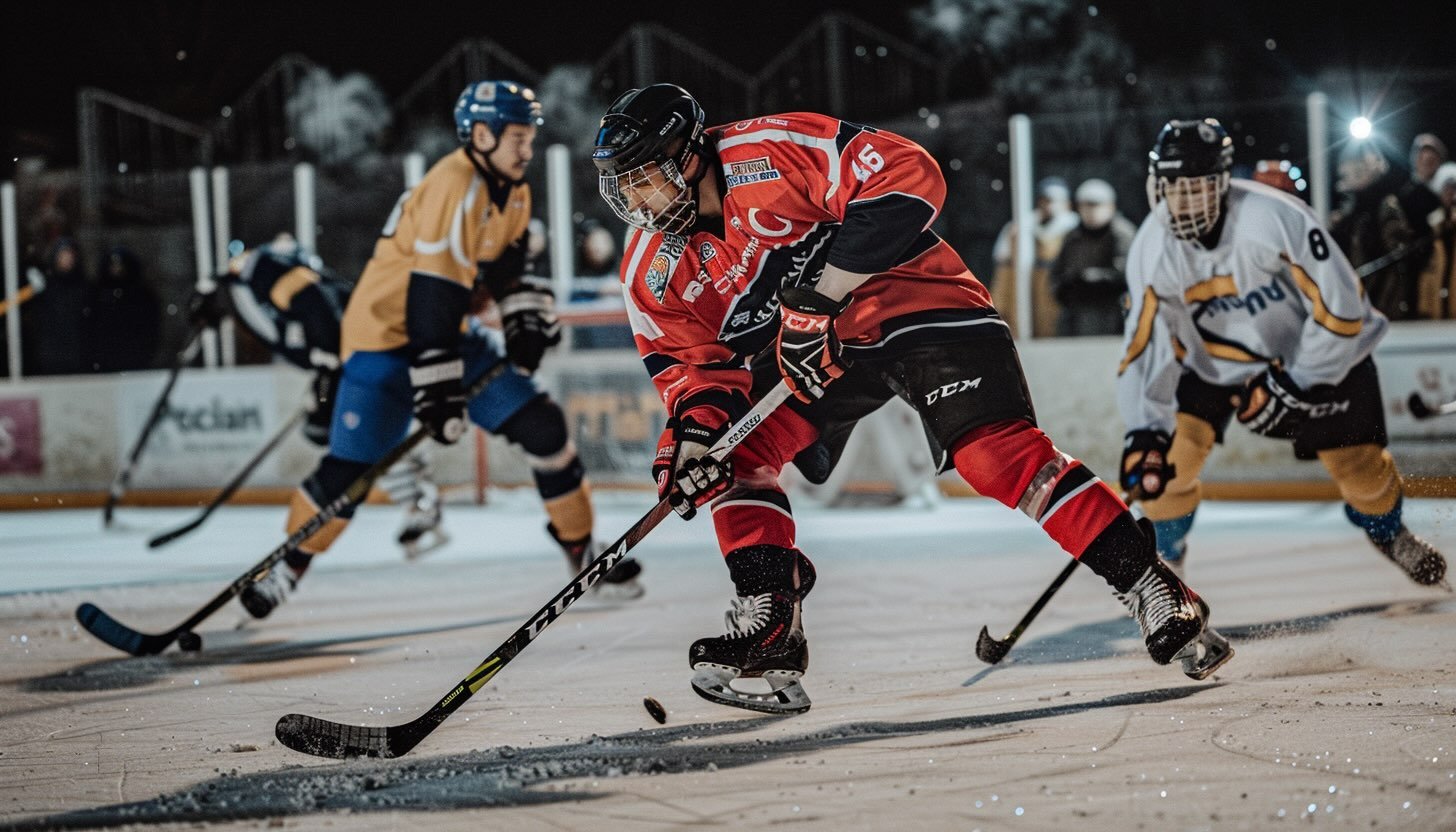
NHL Team Points Scoring System (Explained)
In the National Hockey League, teams earn points based on the outcome of their games during the regular season. The points system rewards teams for winning games while recognizing the competitiveness of closely contested matches.
Regulation Win = 2 Points
A team earns two points for a win in regulation time (three 20-minute periods).
This is the standard way of earning points in the NHL.
Overtime or Shootout Win = 2 points
If a game is tied at the end of regulation time, teams play a five-minute overtime period followed by a shootout if necessary. The team that wins in overtime or shootout earns two points.
Overtime or Shootout Loss = 1 point
The team that loses in overtime or shootout earns one point.
Regulation Loss: 0 points
A team earns zero points for a loss in regulation time.
Coming soon: our online hockey scoreboard!
What information is on a hockey scoreboard?
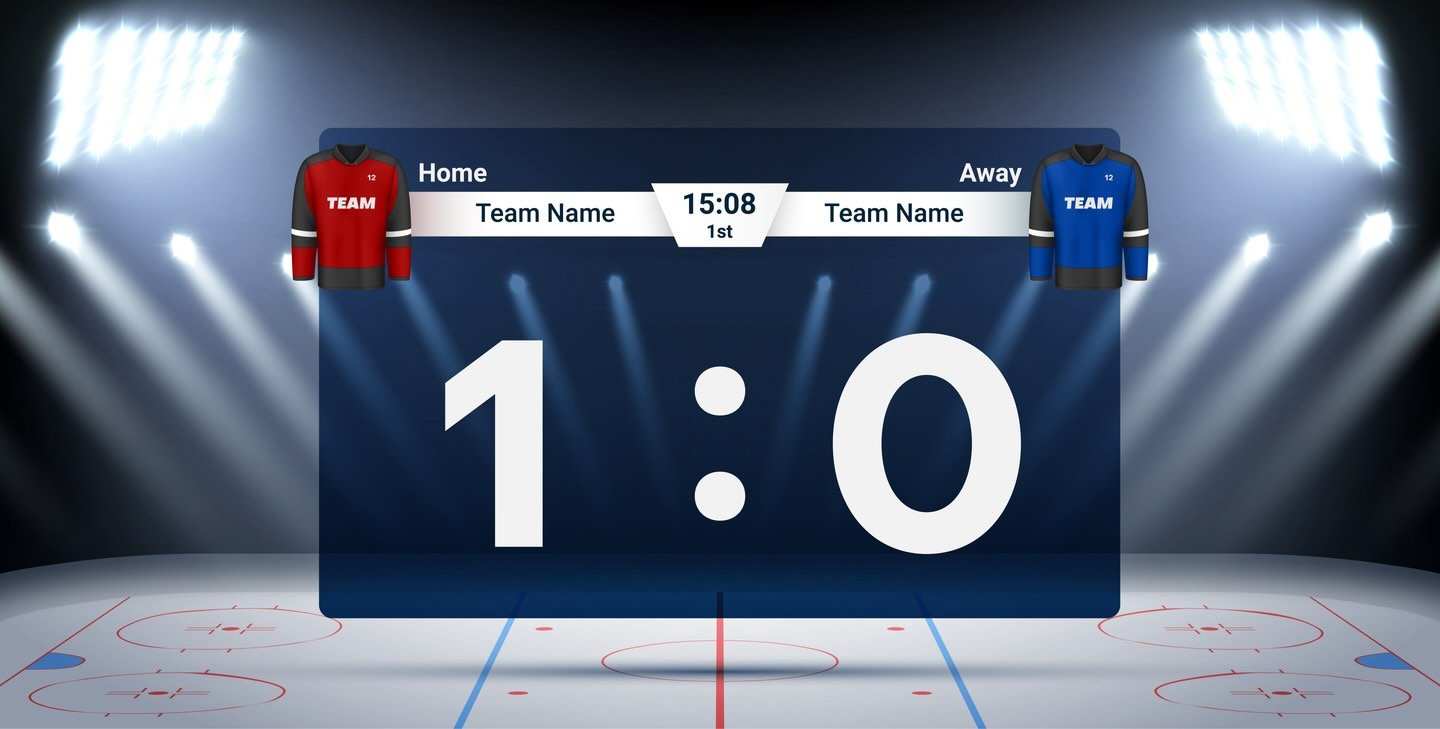
A typical hockey scoreboard will display the following information:
- Team names/logos: This identifies the two teams playing.
- Period: Shows the current period being played (1st, 2nd, or 3rd).
- Score: This displays the number of goals each team has scored.
- Penalty Time: Indicates how much time a player on each team is spending in the penalty box for infractions.
- Shots on Goal: This shows the number of times each team has directed the puck towards the opposing net.
Some scoreboards might also display additional information like:
- Power Play: Indicates when a team has a power play advantage due to a penalty on the other team.
- Time Remaining: Shows the remaining time in the period.
Using an Online Scoreboard
Many leagues and teams utilize online scoreboards that can be accessed through a website. These scoreboards often provide the same information as a traditional scoreboard but can be a much more cost-effective way to showcase the hockey score.
Creating your own hockey scoreboard is simple with the right software and existing hardware like a large TV or projector. It's an ideal solution for smaller leagues and teams with budget constraints, offering a cost-effective alternative to expensive dedicated scoreboards.
Introducing Keepthescore.com
At Keepthescore.com, we're proud to offer one of the top solutions for online scoreboards. Our user-friendly platform makes getting started quick and easy. You can set up your scoreboard in under 30 seconds without the need for registration or payment.
Our Hockey Scoreboard is currently being worked on. Until then, you can use our "Universal scoreboard" to get an idea of how it will work.
What sets us apart is the convenience of controlling your scoreboard from anywhere, whether it's from your mobile phone or any other device with internet access.
